
For slideshow click here.
Lying within the wrap of alwadi alKabir the river, is the pearl of Cordova. The seat of the power, knowledge, wisdom, and wealth of Muslim Andalusia. Where sages pondered, poets wrote, nightingales sang, and beauty walked.
While Granada was the second lease on Muslim rule in Spain, the zenith of Moors and Islamic Spain was Cordoba. This was the center of Muslim Spain. It was here that the Berbers captured in 711 and made a provincial capital of the Damascene Ummayad Caliphate in 716. Later when the Banu Abbas massacred the Bani Ummaya, the lone survivor, Abdur Rahman I escaped to al Andalus. He founded the Emirate of Andalusia, Amarat-al Andalusia in 766. Much later, when there was a threat of Fatimid invasion of the Iberian peninsula the Ummayads declared a separate caliphate of their own Khilafatul Qurtuba, under Abdur Rahman III in 929. Perhaps this was the first and only time when the world had three caliphates, Abbasi, Fatimi and Ummayah. It was perhaps the second time that an Umayyad declared a parallel caliphate in the presence of an existing Banu Hashim caliphate. First one would be Amir Muawiyah.
One of the seven gates of Cordoba, Puerto de Almodavar
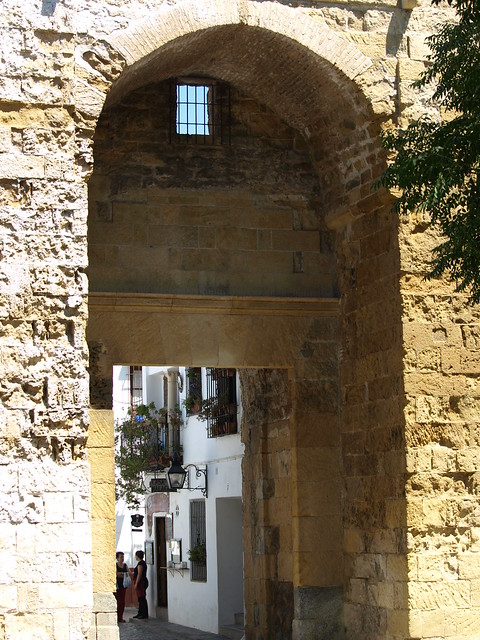
The rule of Bani Ummayah (the Emirate and Caliphate combined) lasted for three centuries. As usual, the downfall of the Banu Ummayah was none other than the infighting and the futile wars of succession. In 1031, the caliphate denigrated into several city states taifas. The warring taifas, under threat of a Christian invasion, asked their co-coreligionists in Marrakesh, the al Murabitun, Almoravids for intervention, who complied. They were face covering puritanics, the most famous being Yusuf Bin Tashfeen. He reestablished the formal relationship with Baghdad calling the Caliph Amirul Momeneen he chose for himself the title of Amir ul Muslemeen. He lived for more than a century. His successors were succeeded by even more conservative al Muwwahids, Almohads. For reasons un-researched by me, they moved the capital away from Cordoba to Seville. Decisively defeated in 1212 by a coalition of Catholic kingdoms the Almohads retreated to North Africa leaving al Andalus to feeble taifas to defend for themselves. Qurtuba finally succumbed to the Catholics in 1236. After its fall to the La Reconquesta the city slowly lost its name, fame and population. It got reduced to become and still remains a small provincial city. Although from time to time it has tried to be the political or cultural capital of European Union.
Cordoba was the worlds most populous city at the turn of the first millennium with the population around half a million at that time. After Baghdad, which had a population of about a million (much later in 1258) when it fell to the Mongols, Cordoba was perhaps the most glorious Muslim capital in its history which fell to the Infidels. (Delhi was about a hundred thousand in 1857)
No matter what the revisionist historians claim about the pre-Islamic legacy of Cordoba, the golden age of Cordoba was under Muslims. Similarly, the pinnacle of Muslim rule in Andalusia was none other than Cordoba.
It was here in Cordoba that the Jewish 'Golden Age' flourished. The Umayyads of Cordoba were magnanimous enough to realize the potential of the diversity and used it to their advantage. There was a conducive atmosphere for art and education. Artisans, writers, thinkers and scientists flourished. Jews, and some may claim that the Christians themselves, never had it better under any other rule. Yes, the Muslims made sure no church tower was higher than the mosque minaar, but the nurturing environment led to the human development space which created the giants like Maimonides and Averroes.
The city is within the curve of the river, al wadi al kabeer, now known as Guadalquivir River.

We were able to have a full day tour to Cordoba from Seville and back. It was to be on a Wednesday but was cancelled due to an event in the Mosque/Cathedral and we went there on a Friday.
The tour guide was a friendly guy. The tourism industry in general have smelled the roses and mastered the art of providing seemingly objective information to the tourists. They do not hide the atrocities of the Christian rulers and are able to explain and elaborate upon the Moorish rule and culture. In fact this is their main sale item and they do cash it well.
THE THREE NECESSARY STOPS:
Like everywhere in Spain, Cordoba has at least three places to visit. A house of worship which is almost always a mosque turned into cathedral, a military/royal place in the form of a fort an Alcazar and Juderia, the Jewish quarters repopulated and always a lucrative real estate. It was perhaps their wealth and the lack of a security guarantee through Moors (after the fall of Granada in 1492) which made it very tempting to throw them out and have their property and houses seized.
ALCAZAR:
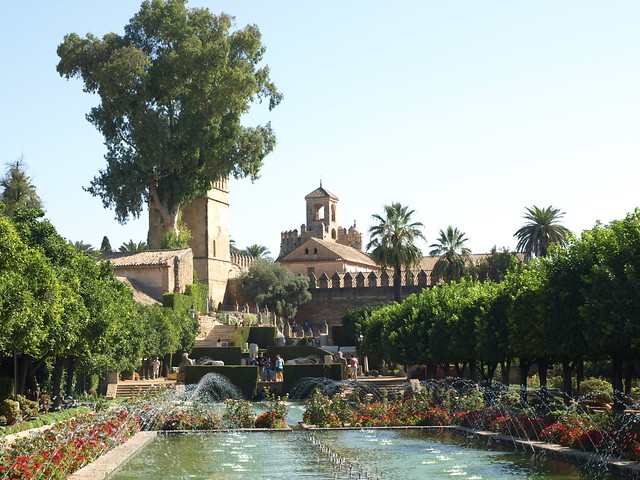
The Alcazar in Cordoba is now a beautiful garden with long rows of flowers and hedges, and the monuments.
There is perhaps no place in Spain without a mention of Christopher Columbus and the Christian Monarchs, Isabella and Ferdinand. Cordoba is no exception. A monument in the Alcazar reminds us that out of many conversations Columbus held with the monarchs pleading to have a trans Atlantic voyage sponsored, one was in Cordoba.

Cordoba has another important connection with the New World. It was the money of the expelled Jews of Cordoba, confiscated in 1492 after the fall of Granada the same year, which made the Columbus voyage sponsorable. As per our guide, the Discovery of America is much more indebted to the loss of coexistence in Spain that we much think of.
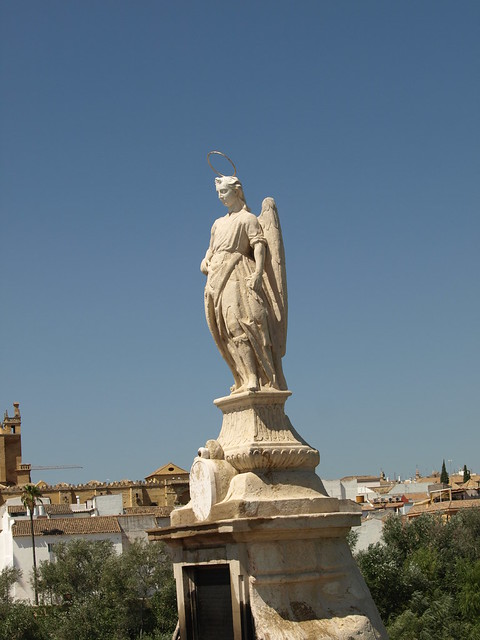
SPANISH INQUISITION:
This was the Spain's Catholic Monarch's response to the diversity they inherited from the Muslim. In certain areas the Jews and Muslims were already ordered to convert and there were suspicions that the convertees ie the conversos were secretly harboring their original faith. So these summary courts were held, where the confessions were obtained, usually by torture and force, and people were summarily punished. Many ended up in being killed or burned alive. One of the areas of Alczar was allocated for Inquisition. Now it is converted into a church and a museum, where some old Roman relics are displayed.
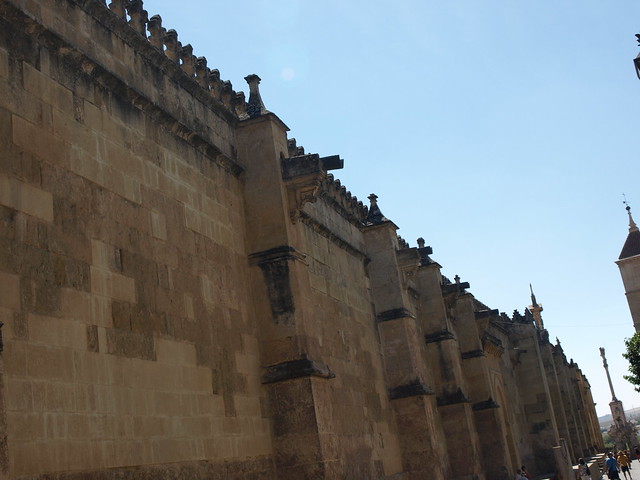
______________________________________
PATIOS OF CORDOBA:
The patio rooms and windows of Cordoba are famous for their elaborate decoration. A custom adopted from Moors, who had a habit of having a small garden within the courtyard, as a constant reminder of Paradise, the Cordobans vie with each other to excel in the annual competition they have in spring.


THE SYNAGOGUE LA SINAGOGA:
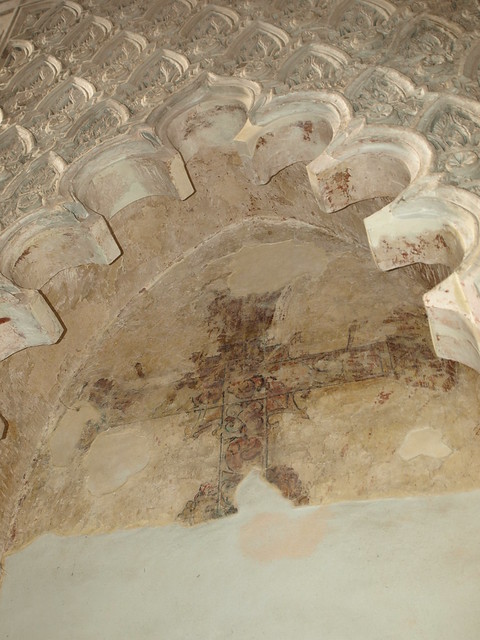
Built during the Christian era, this is a unique example of changing time. After the fall of Muslim Cordoba in 1236 and the eventual expulsion of Jews in 1492, their stay in the city was a mixed bag. In the later part of Muslim rule under the Almohads the life of Jewry was difficult and many including Maimonides fled, The Christians rule brought with it some tolerance for Jews and they were welcomed for their financial resources. It was in that time that the synagogue was built. Its work is essentially Moorish, done by the Mudejar (Muslim artisans) and has four walls of work. Later, when the intolerance led to their forced conversion and ultimate expulsion, this was converted to a church and one sees the Cross over the Star of David.
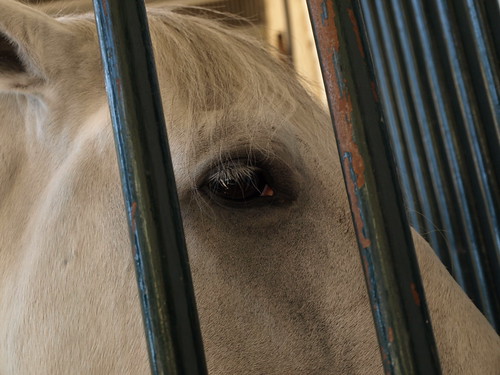
ANDALUSIAN HORSES:
Cordoban horses are also known as Pure Spanish Horse. They are different from the Arabian horses, a bit stocky, compact and thick maned. America was conquered by Spaniards on these horses. The Native American thought of the man mounted on the horse as one big scary creature and were awed by them.
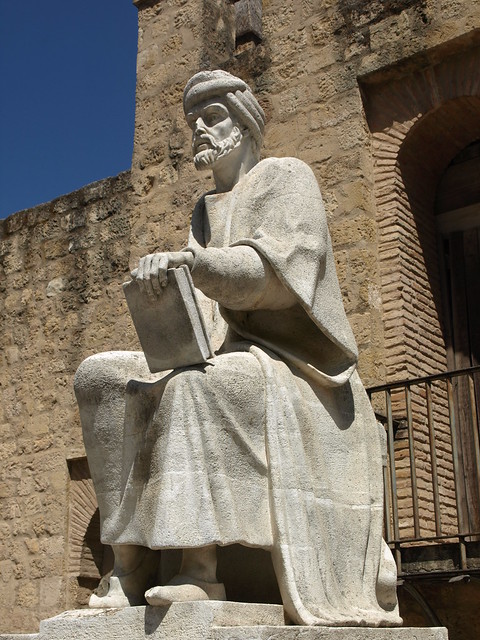
Next, the Sages and Lovers of Cordoba, and then The Masjid-e-Qurtuba
-----------------------------------------------------------------------------
Reference:
Rick Steve's Spain 2012
http://geography.about.com/library/weekly/aa011201a.htm
http://www.ghadar.in/gjh_html/index.php?q=node/35
http://en.wikipedia.org/wiki/Spanish_Inquisition
http://imh.org/history-of-the-horse/breeds-of-the-world-by-continent/europe/andalusian.html
thanks
ReplyDeletewonderful job !